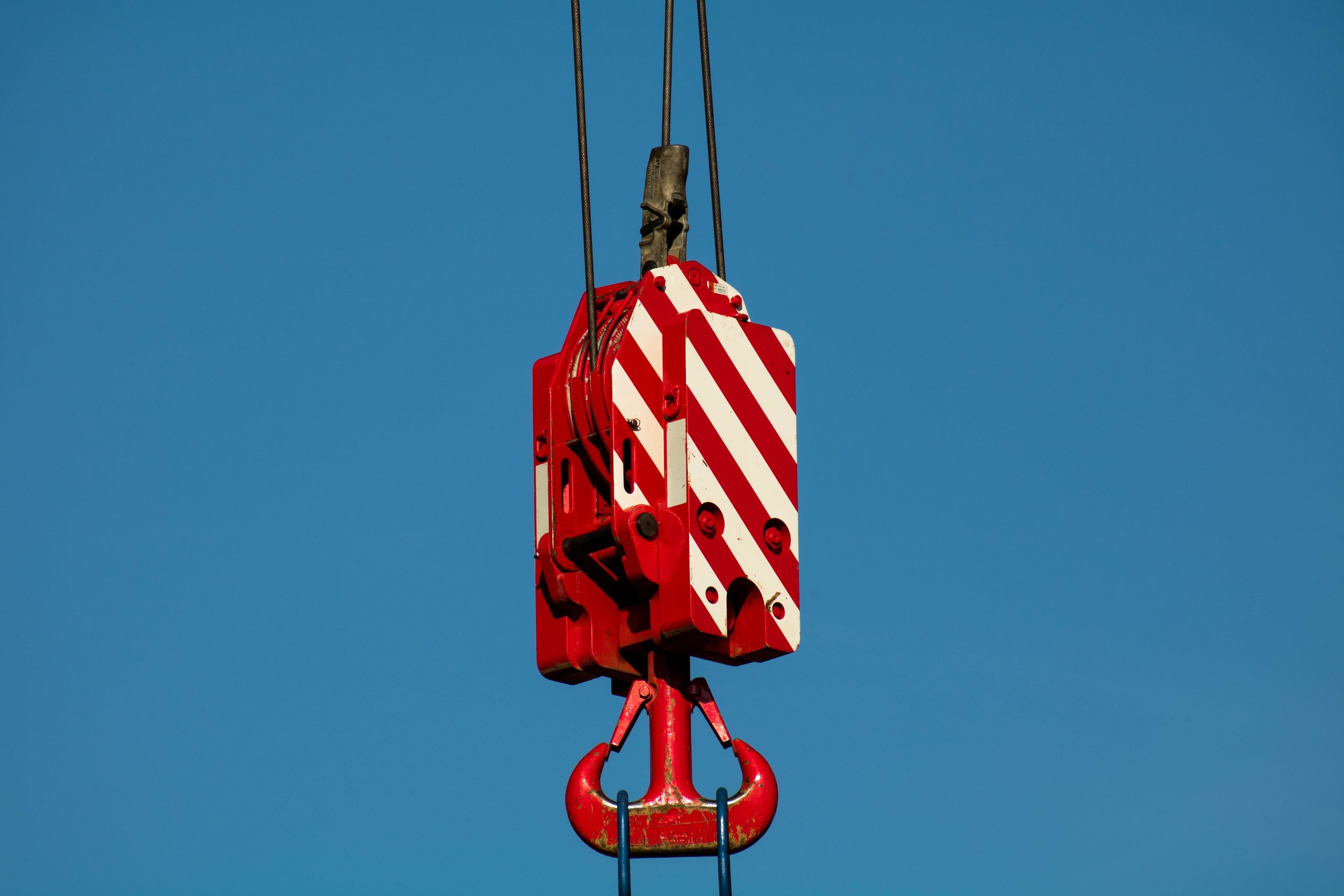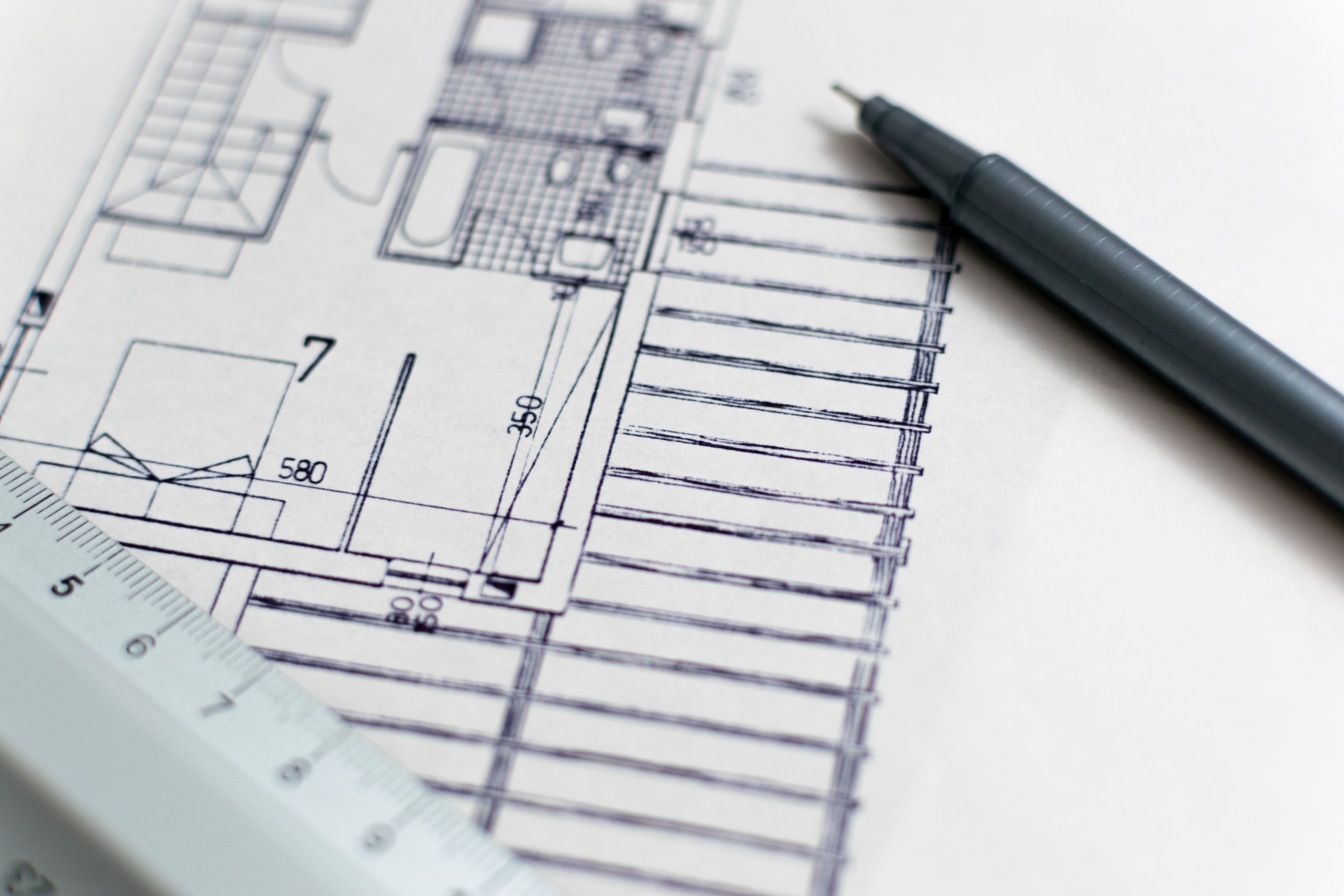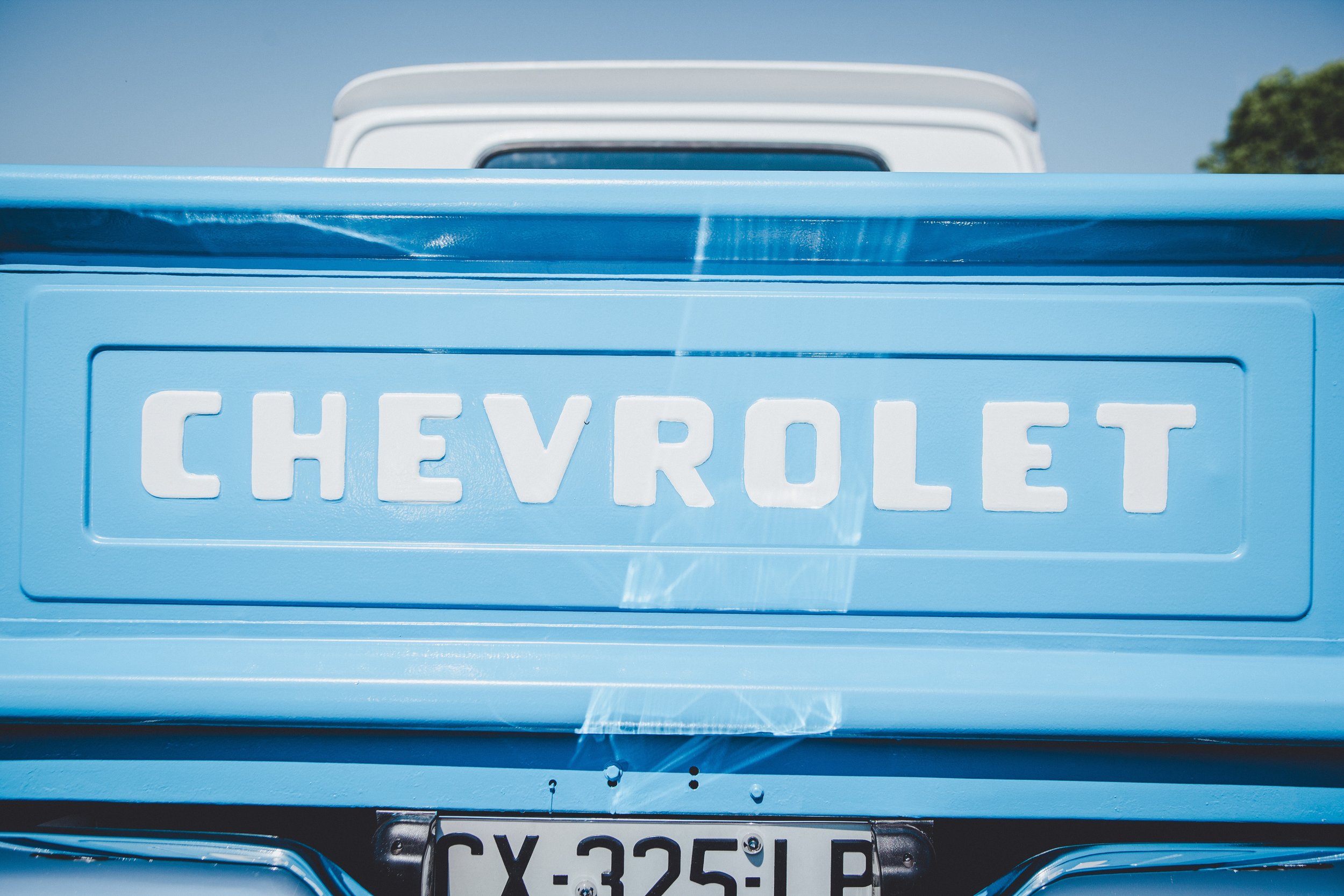As we’ve said many times on this blog, moving is the perfect time to purge your life and home of unwanted, unneeded clutter. Donating things is a win-win situation, where you benefit from a lighter load to move and less clutter in your new home, and others benefit from access to items they truly need.
Here’s a of things you can donate:
Clothes — If you haven’t worn a piece of clothing in the last couple months (or years!), and you can’t sell it for a profit, donate it! Goodwill and The Salvation Army were built for times like these. Most likely there is someone out there who could benefit more from that old sweater hanging in the closet than you currently do. Baby clothes are also perfect to donate.
Socks — Socks are often the most needed but least donated piece of clothing in donation centers and homeless shelters. Of course, if they’re full of holes and falling apart, throw them away. But if they’re still in good condition, you just don’t ever wear them, definitely donate them!
Books — Use the same rules for books as for clothes: if you haven’t touched it for months, or for years, then get rid of it. The smiles you’ll get from librarians and bookstore owners when you walk in with a box of books will make it all worth it.
Blankets — Blankets are extremely valuable items to people out there with no access to heating. If you’re looking for a valuable donation, consider parting ways with some of your blankets.
School Supplies — There are many schools in dire need of pencils, erasers, pens, notebooks and backpacks, especially in the middle of the school year.
Cellphones — Most old phones you won’t be able to sell anyway, so why not donate them? Folks are always in need of working phones for emergencies and day-to-day life.
Grocery Bags — Sturdy, reusable bags make buying groceries much easier for families that rely on public transportation to get around. Donate unused bags that could be used to carry food to your local food pantry.
Toilet Paper — Toilet paper and other basic hygiene items are almost always out of stock at donation centers. Consider donating your extra rolls and buying new ones in your new hometown.
Toys — If they’re still in workable condition, there are always families in need of new toys for their children to play with. Complete board games are a favorite at donation centers.
Furniture — Many people think thrift stores and places like Goodwill only want clothes and other small items. Not so! They will happily accept donated tables, chairs, couches, bed frames and clean mattresses as well.
Appliances — As always, only if they’re in working condition! Large appliances like dishwashers, washing machines and dryers are in especially high demand, though smaller items like coffee makers, toasters, and vacuums will also be quickly adopted by someone in need.
Food — Many people have extra food in their kitchen when they move. Support the Move for Hunger cause and put that food to good use!
For more help getting rid of your unwanted and unneeded items when moving, check out our guides on What to Sell and What to Throw Away.
Thanks for reading! If you liked this post, please recommend or share it with others. 🙂
Want to talk? Connect with Moved on Facebook, Twitter, and Instagram!













